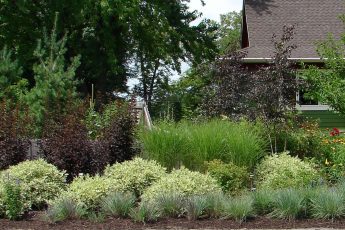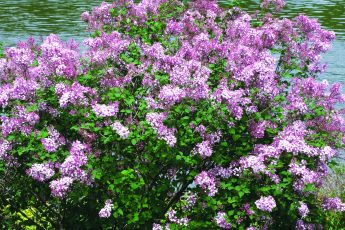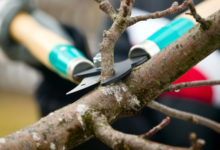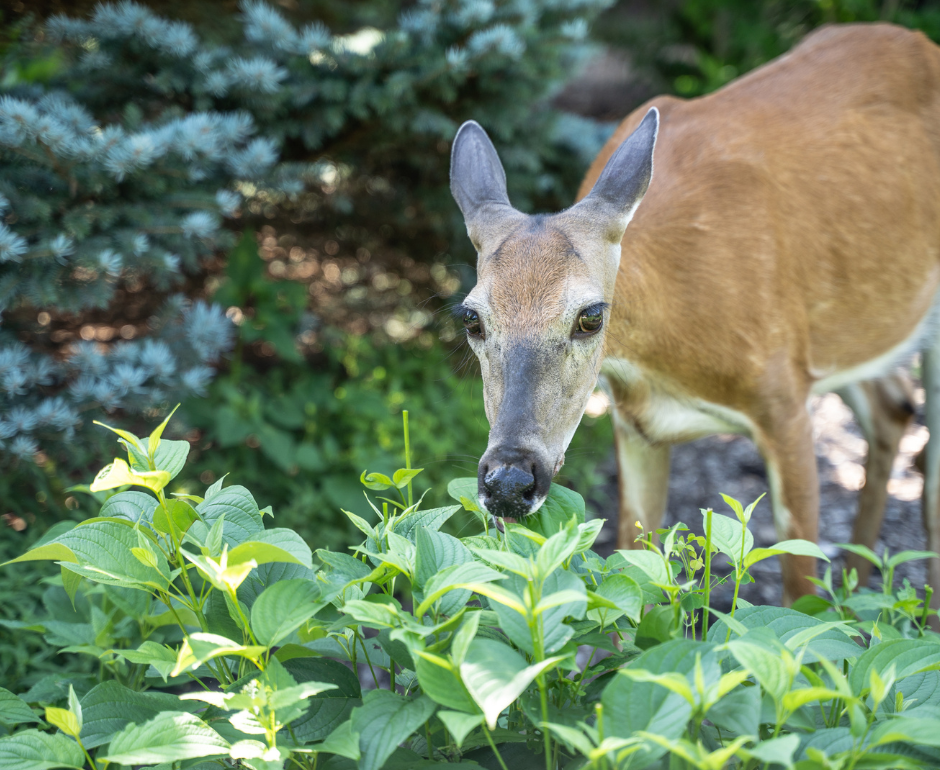
Minnesota is the land of 10,000 lakes and roughly 1,000,000 deer. All of our lakes and wildlife are of course what make Minnesota a wonderful state to live in, and also at times a challenging state to garden. As urban and suburban development continues to push into natural habitats, many animals are forced to either adapt or relocate. Deer and rabbits are highly adaptable animals that have learned to live in suburban environments, foraging in woodland parks and our landscapes. So how does a good gardener coexist with nature and maintain a beautiful landscape? By planting the right plants and using means to deter foraging.
Alter the Menu
Deer and rabbits rely upon a variety of crops, grasses, vegetation, nuts and berries in their daily diet. The more variety that’s available on the menu (in your yard), the healthier their populations are. There are preferred plants such as yews, clover and large leafed perennials (ex. hostas) that they find particularly delicious. When landscaping with wildlife in mind, it’s best to alter the menu and plant what is not as appealing to their appetite.
Think taste, texture, smell and edibility when it comes to a deer or rabbit’s appetite appeal. Both deer and rabbits enjoy large, smooth, leaves and will pass over fuzzy or scratchy foliage. Ornamental grasses as whole are not likely to be eaten by deer or rabbit due to their spiny texture. Perennials with a strong aroma such as Allium or Salvia are not appealing on their menu. Perennials that are outright toxic to deer or rabbit such as Foxglove are completely avoided. It is important to note, food source availability and environmental stressors leave no plant entirely safe from being eaten. If a deer or rabbit is hungry enough, it will eat your plants.
Deer and Rabbit Tolerant Perennials
Rabbits forage on a wider range of perennial plants than deer however, there are some perennials that both rabbits and deer are not fond of. We call these deer and rabbit tolerant plants, not deer and rabbit resistant plants.
- Achillea (Yarrow) – Smelly
- Aconitum (Monkshood) – Toxic
- Alchemilla (Lady’s Mantle) – Fuzzy
- Allium (Ornamental Onion) – Smelly
- Anemone (Windflower) – Bitter
- Artemisia (Mugwort) – Fuzzy
- Asclepias (Milkweed) – Milky Sap
- Asarum (Wild Ginger) – Toxic
- Astilbe (False Spirea) – Bitter
- Cerastium (Snow in Summer) – Fuzzy
- Cimicifuga (Snakeroot) – Toxic
- Daffodils – Toxic
- Delphinium (Larkspur) – Toxic
- Digitalis (Foxglove) – Toxic
- Epimedium (Barrenwort) – Bitter
- Euphorbia (Spurge) – Toxic
- Ferns – Toxic
- Geraniums – Smelly
- Helleborus (Lenten Rose) – Toxic
- Lavandula (Lavender) – Smelly
- Nepeta (Catmint) – Smelly
- Paeonia (Peony) – Bitter
- Pulmonaria (Lungwort) – Scratchy
- Salvia (Meadow Sage) – Smelly
- Sempervivum (Hens & Chicks) – Scratchy
- Siberian Iris – Smelly
- Stachys (Betony) – Smelly
- Yucca (Adam’s Needle) – Scratchy
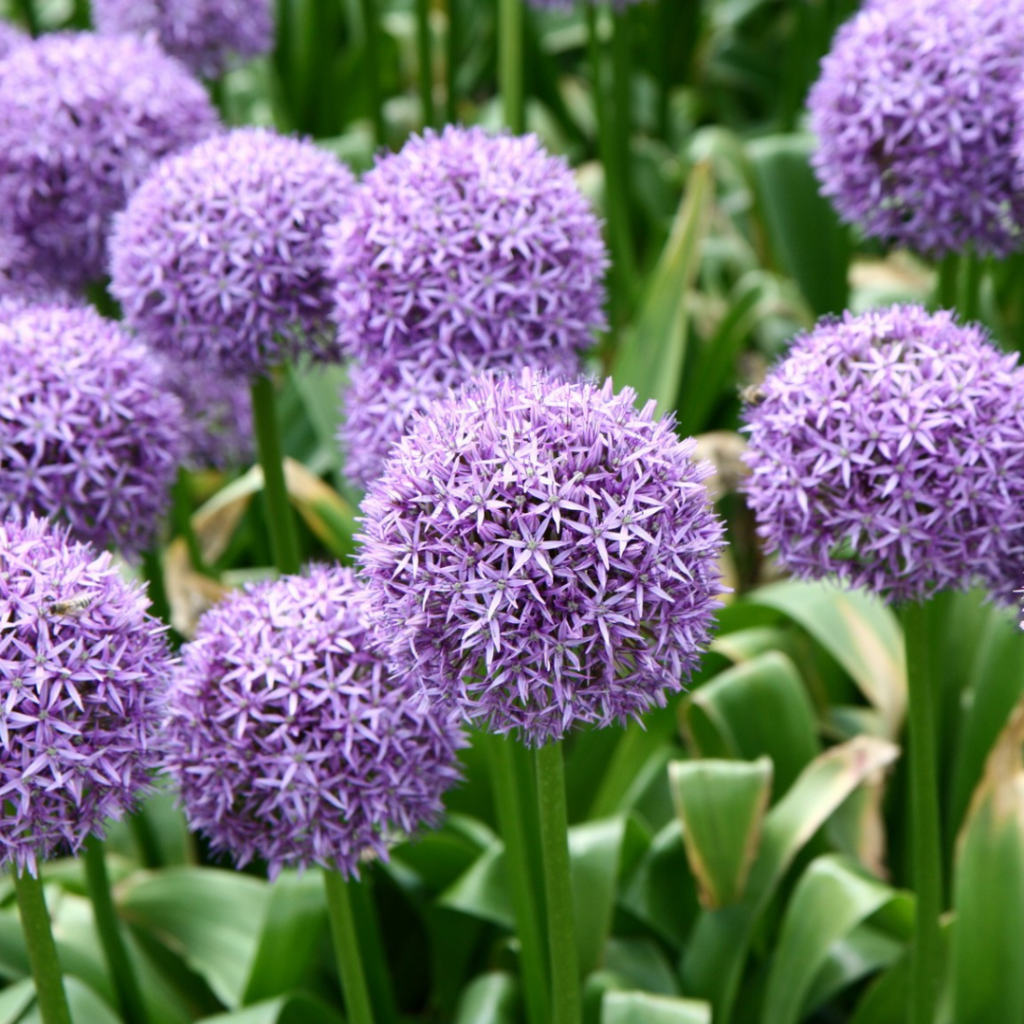
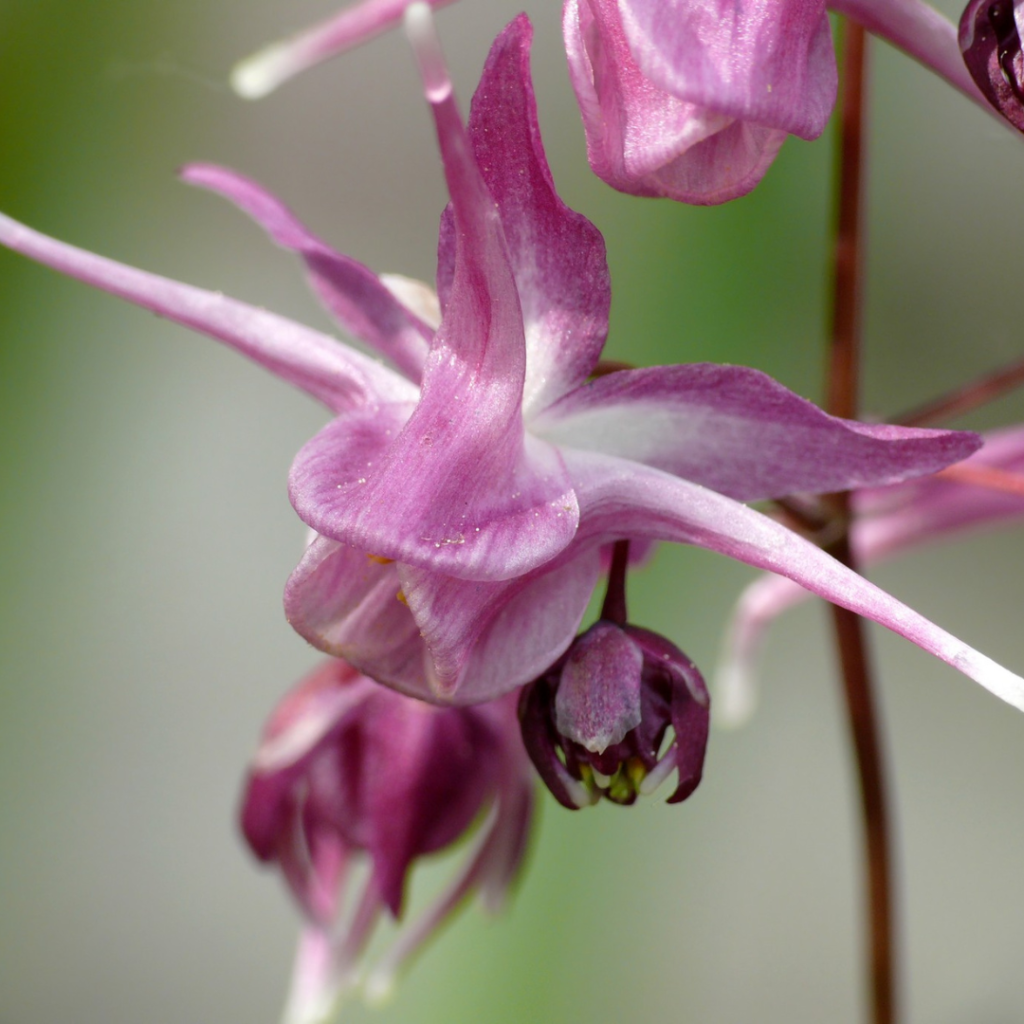
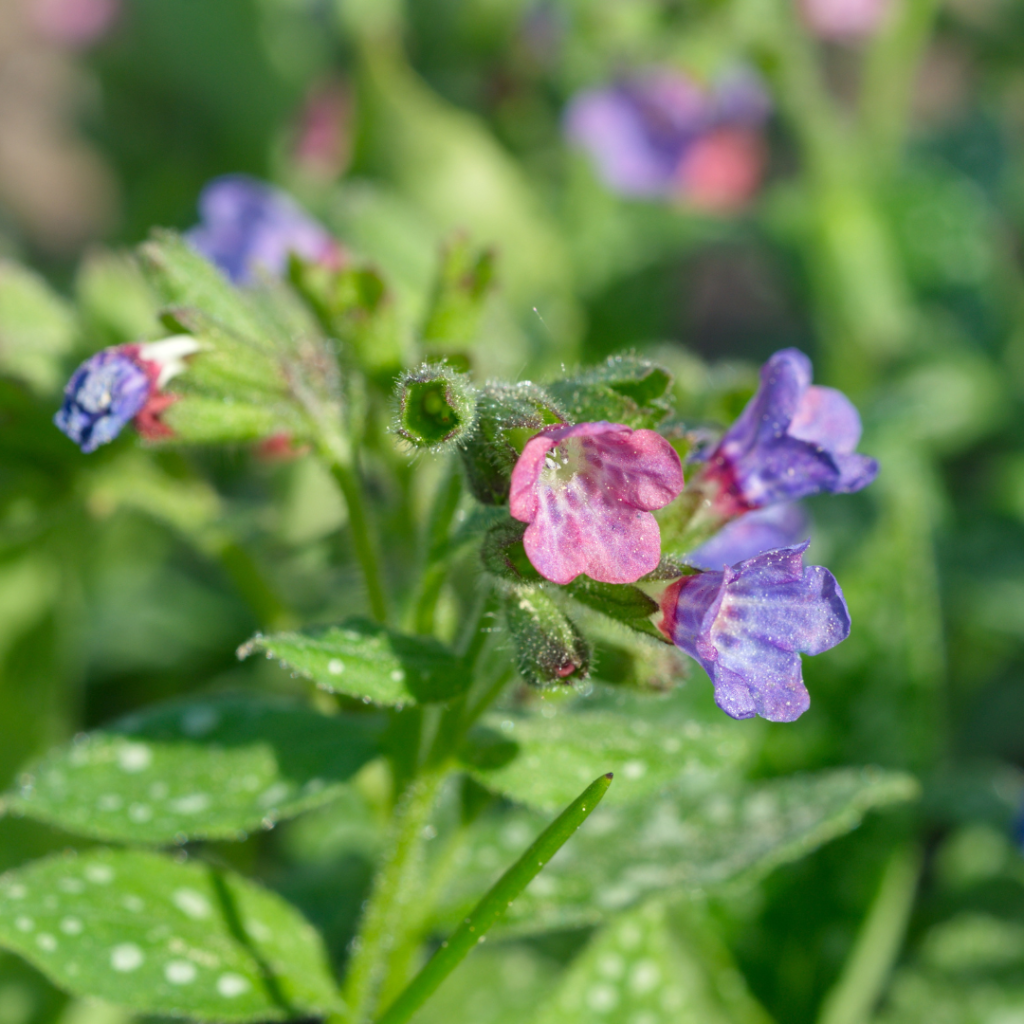
Deer and Rabbit Tolerant Shrubs and Trees
Whereas rabbits tend to eat more of your perennials, deer on the other hand will trim down shrubs and significantly snack on some trees consuming bark and it’s foliage. Damage to trees and shrubs is more profound in the winter season when ground food sources are not available. Below is a list of trees and shrubs not preferred by deer or rabbits but, again all is fair game when food is scarce.
- Barberry
- Box Elder
- Boxwood
- Birch
- Clethra
- Cotoneaster
- Eastern Red Cedar
- Forsythia
- Ginkgo
- Honeylocust
- Honeysuckle
- Juniper
- Lilac
- Maple
- Mugo Pine
- Northern Catalpa
- Oak
- Pontentilla
- Serviceberry
- Smokebush
- Sorbaria
- Snowberry
- Spirea
- Spruce
- St. John’s Wort
- Viburnum
- Weigela
- Wisteria
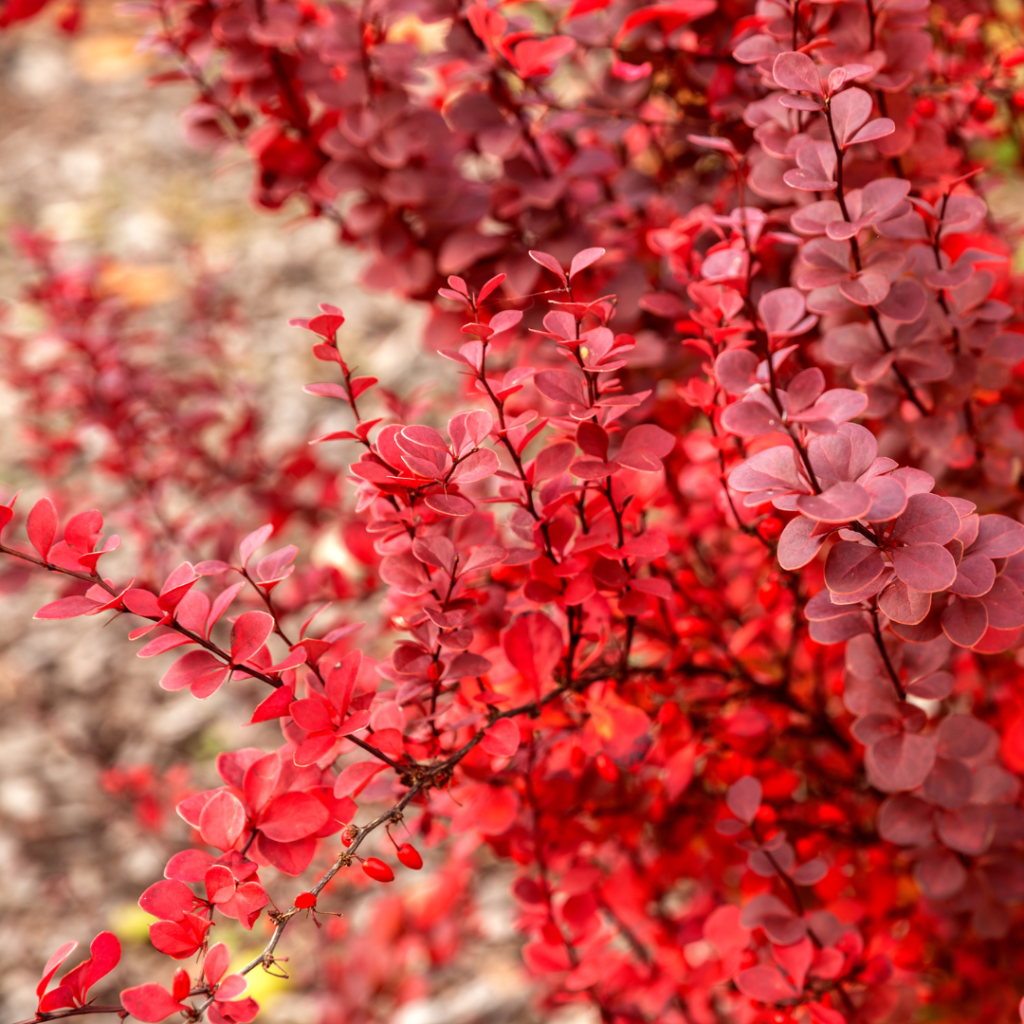
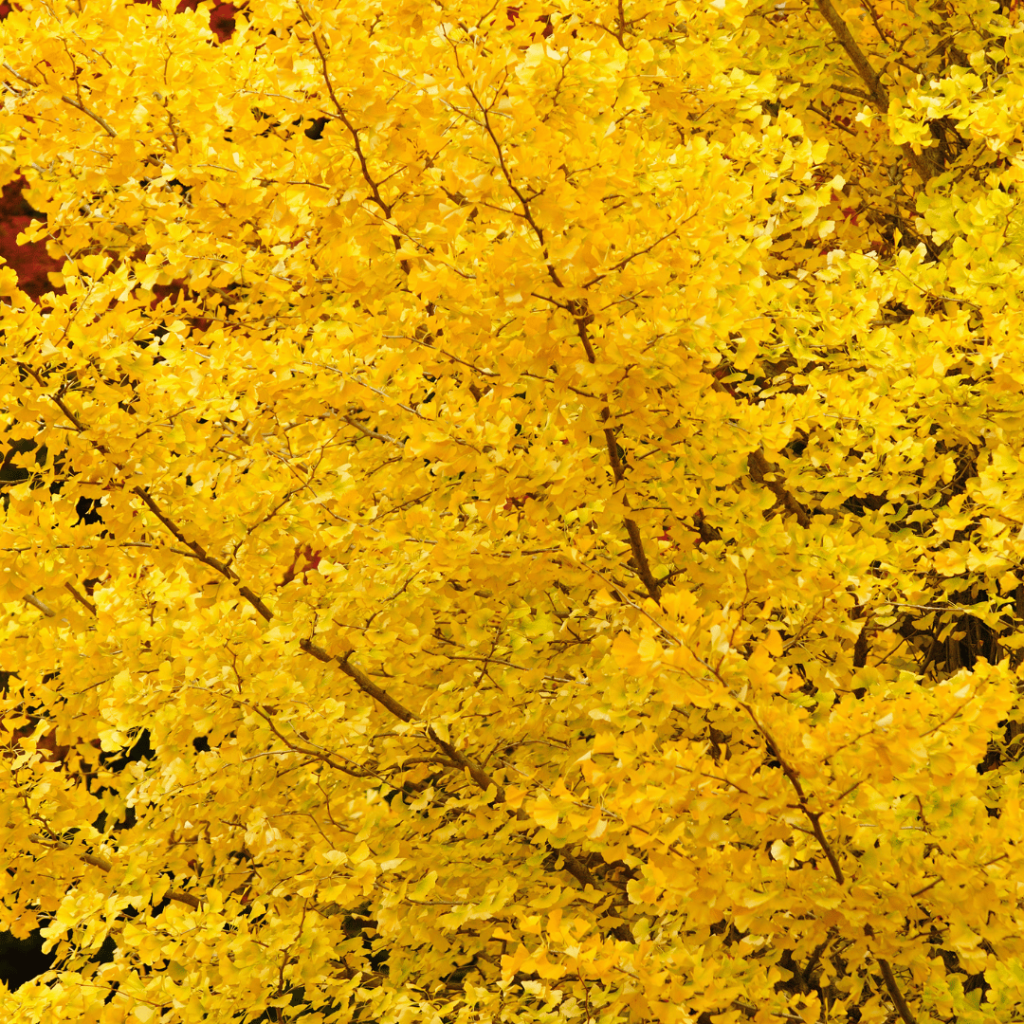
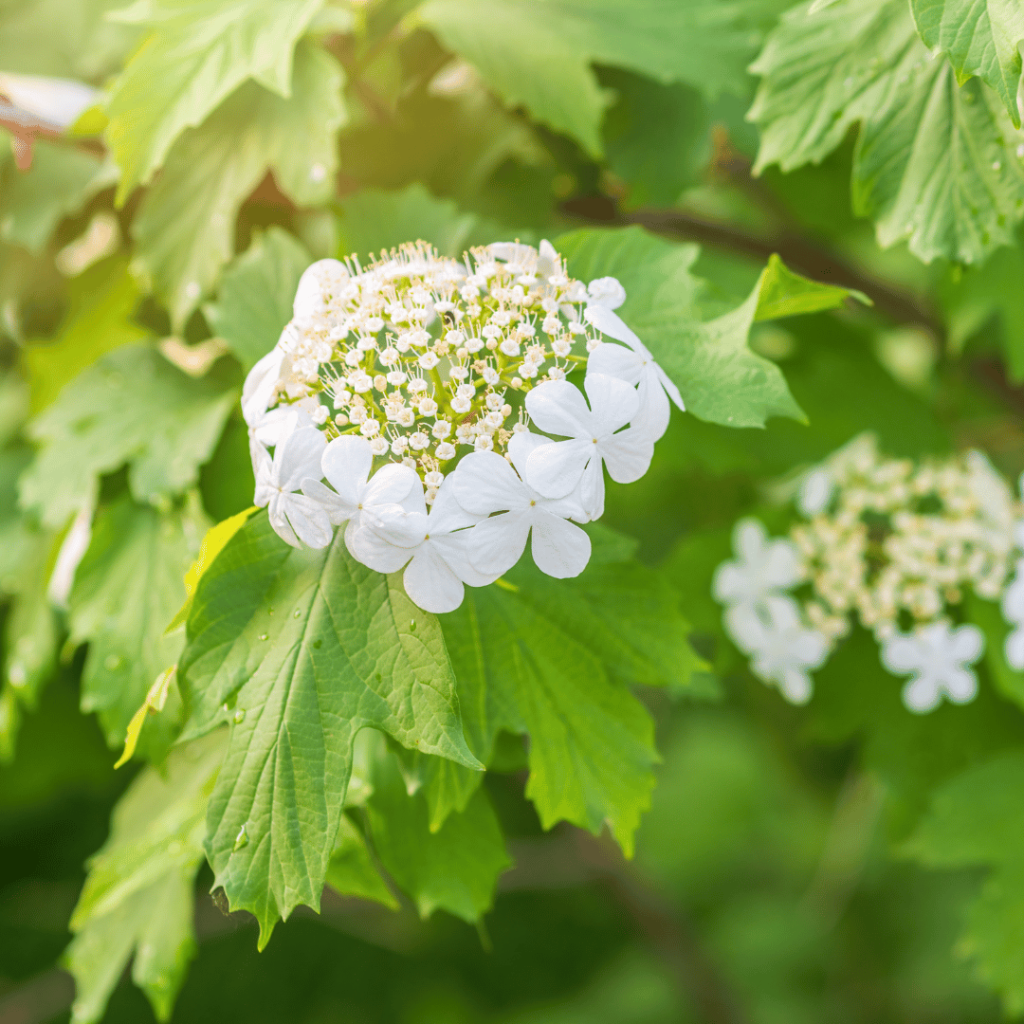
Must Have – Don’t Care
There are certain perennials, trees and shrubs that are simply loved in the landscape and also loved by deer and rabbits. Hostas are a hands down favorite as well as Arborvitaes, fruit trees and rose bushes to name a few. When it comes to planting your must haves that you know are at risk of being eaten there are a few things you can do to deter the diners.
Animal Repellents
Repellents can be used to make a plant less desirable to animals by means of smell and/or taste. They can be applied as a granular, liquid or systemic in the garden. Odor based repellents use ingredients such as garlic and cinnamon that turn animal’s noses away or coyote and wolf urine that emulates the presence of their natural predators. Cheyenne pepper is a popular deterrent that can be applied systemically resulting in terrible tasting leaves to a furry forager. When using odor based repellents it is important to “switch it up” from time to time.
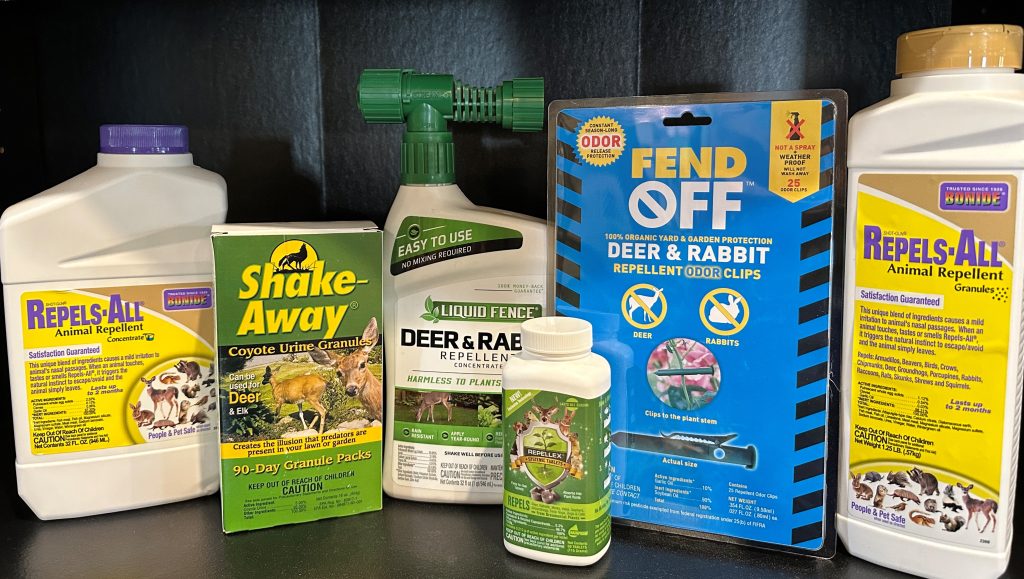
Garden Barriers
If you’ve been re-applying and altering your repellents frequently but, still have diners knocking down your garden door it may be time for an alternative solution. Wire fencing is generally sufficient to keep rabbits out of garden beds however, more significant fencing is required to keep the deer out. A deer can easily jump most fences therefore, a minimum 6 to 8 foot fence increases the odds of keeping them out. To reduce winter damage to tree bark or having your Arborvitaes annihilated use tree guards and burlap to provide a protective barrier.
Visit the University of Minnesota Extension for additional resources on managing deer and rabbits in the landscape. With a little bit of planning and a few preventative measures you can coexist with nature and maintain a beautiful landscape.
Enjoy your backyard wildlife without worry!


